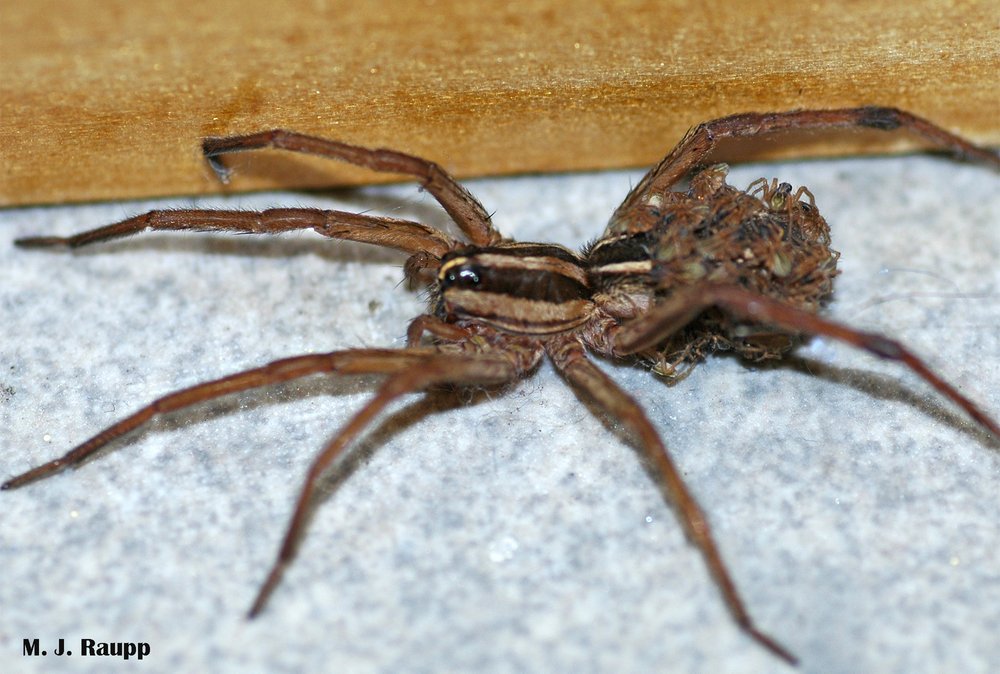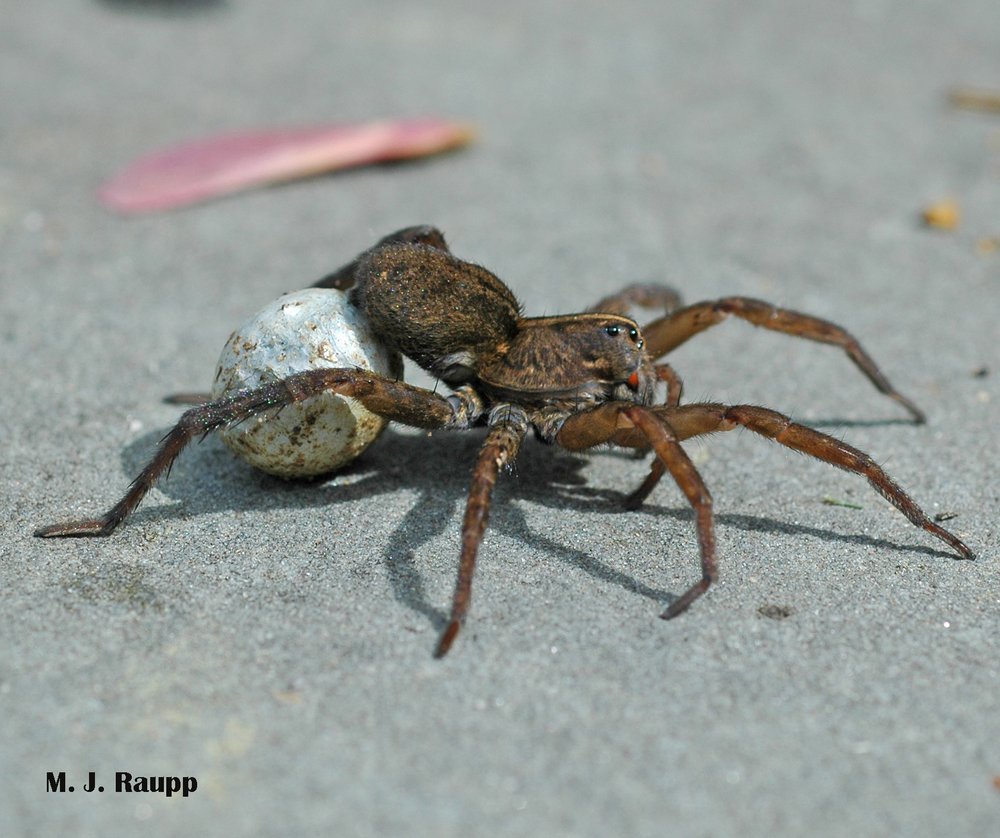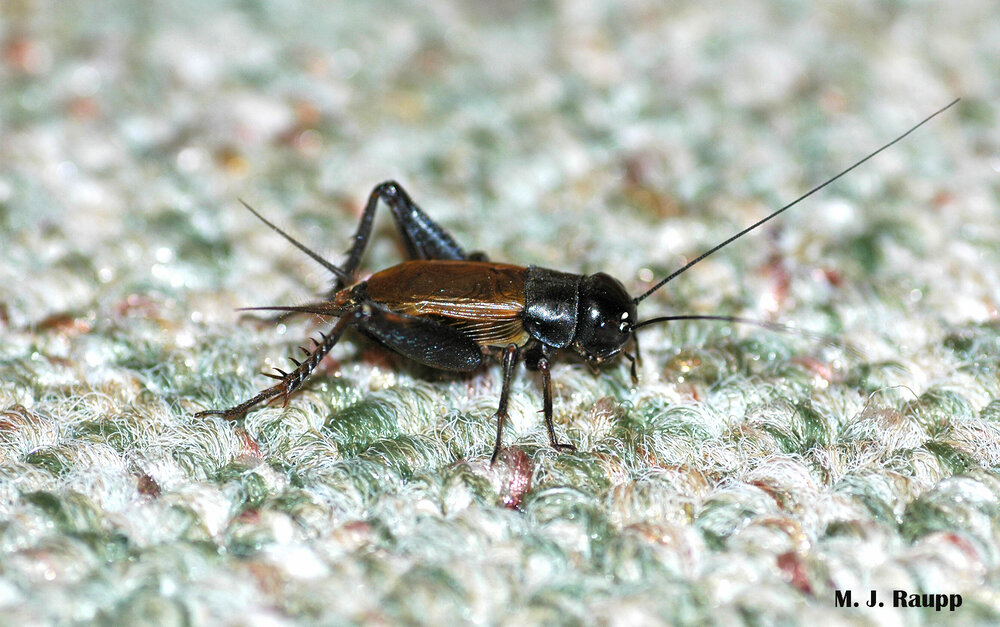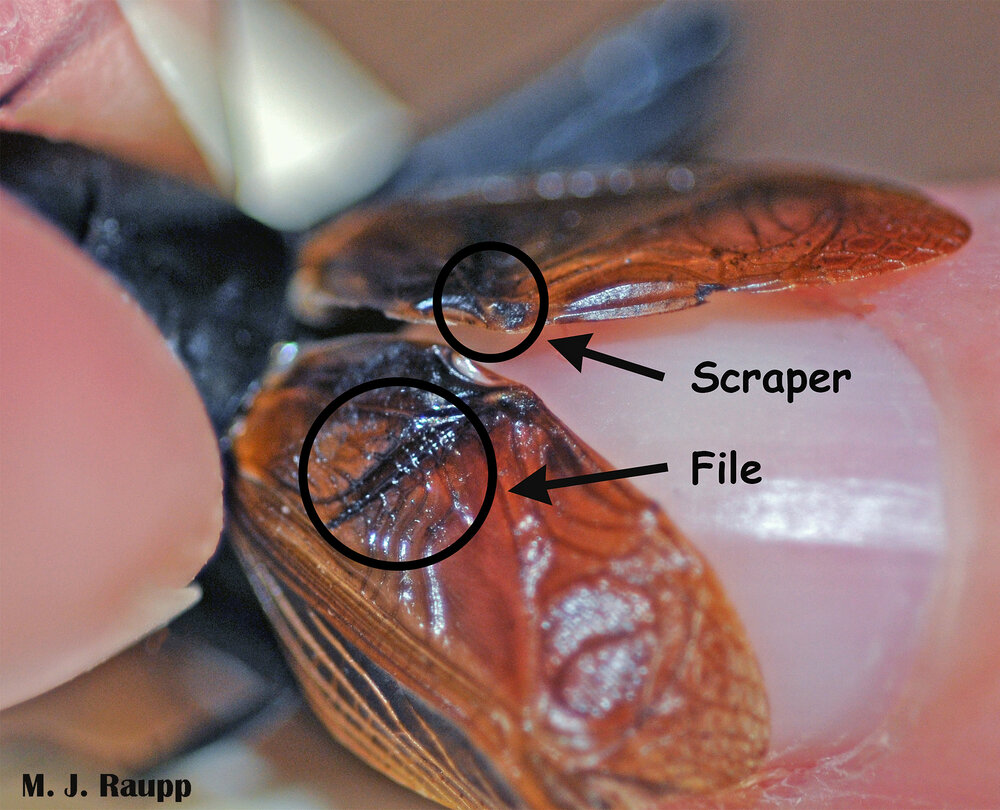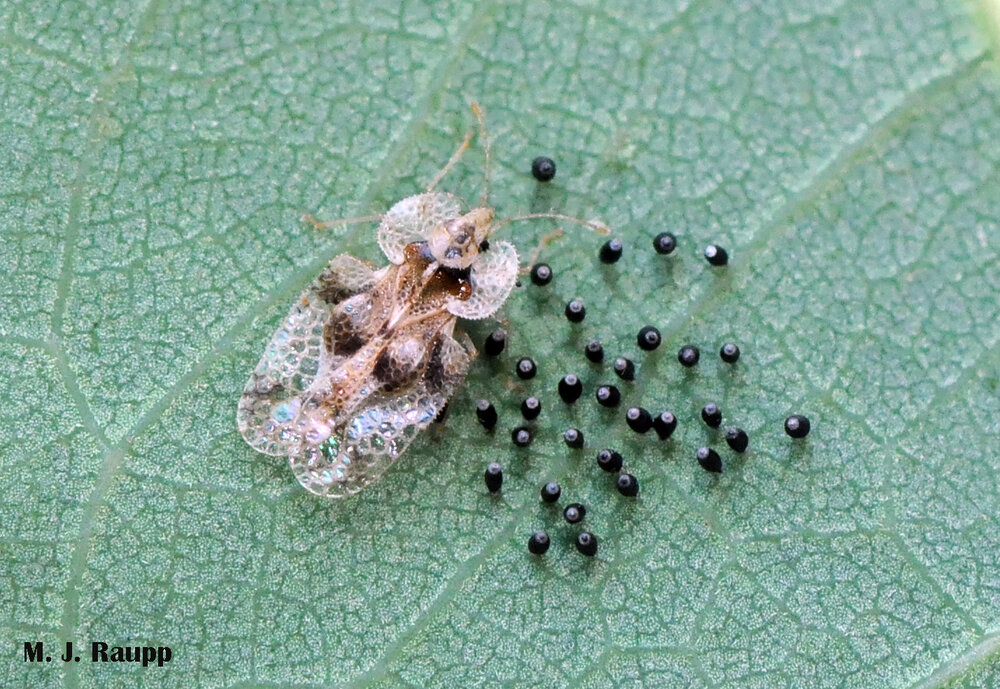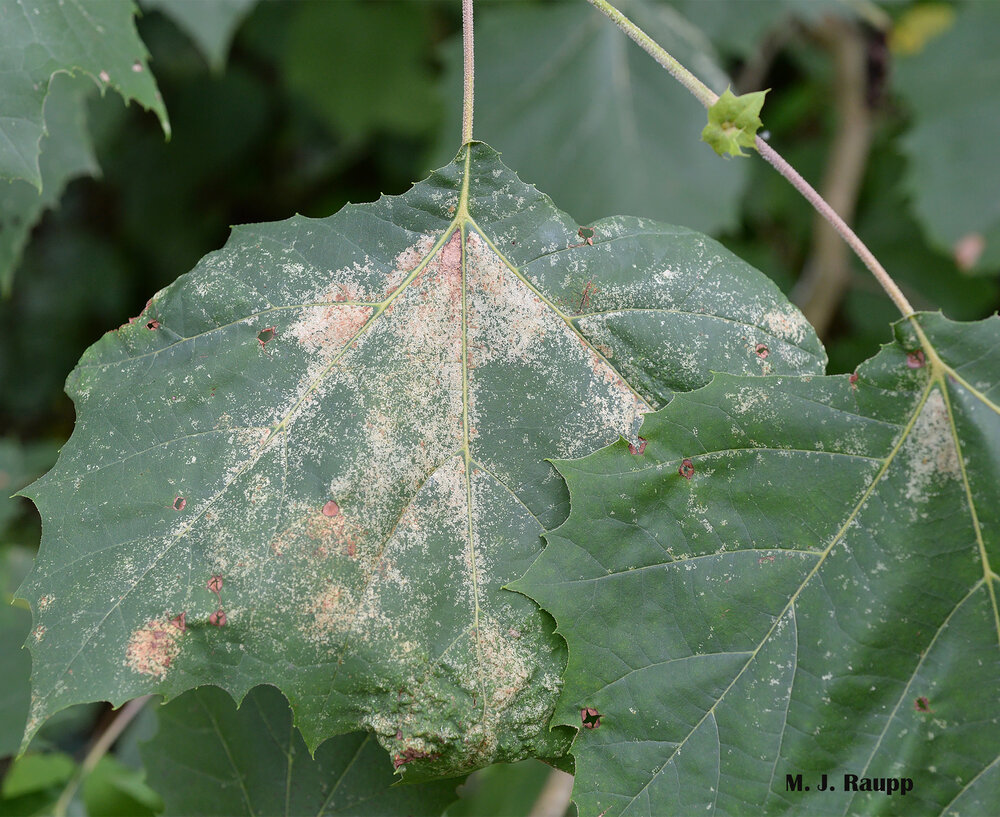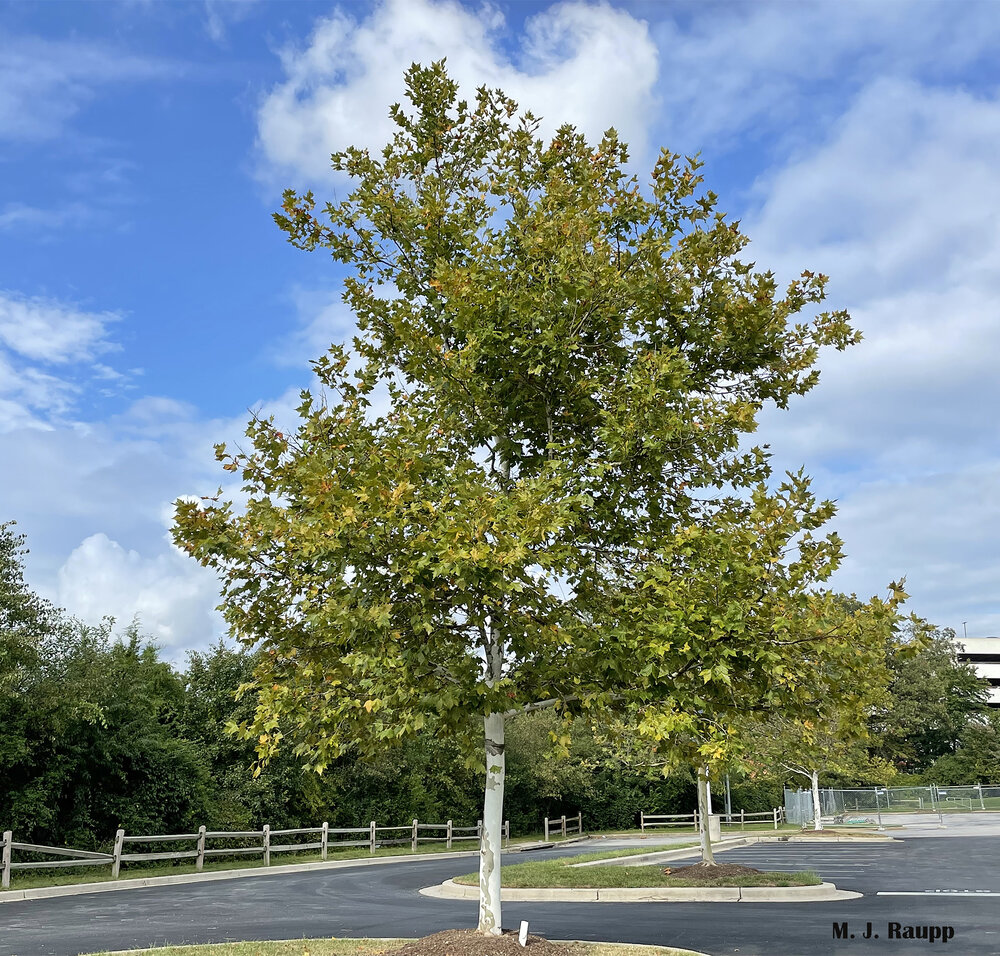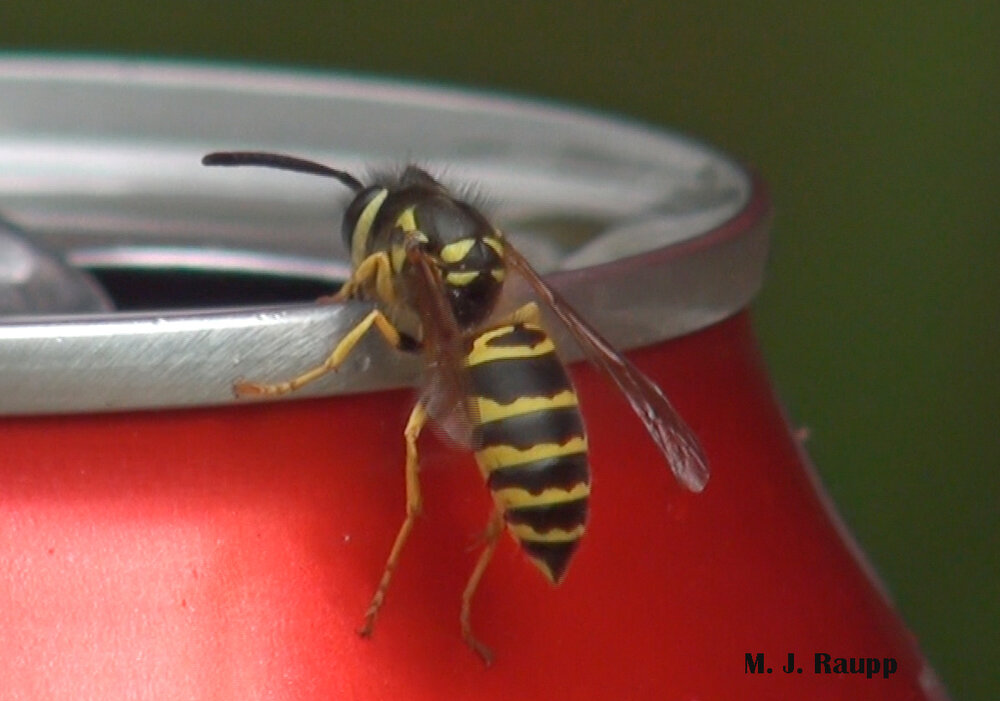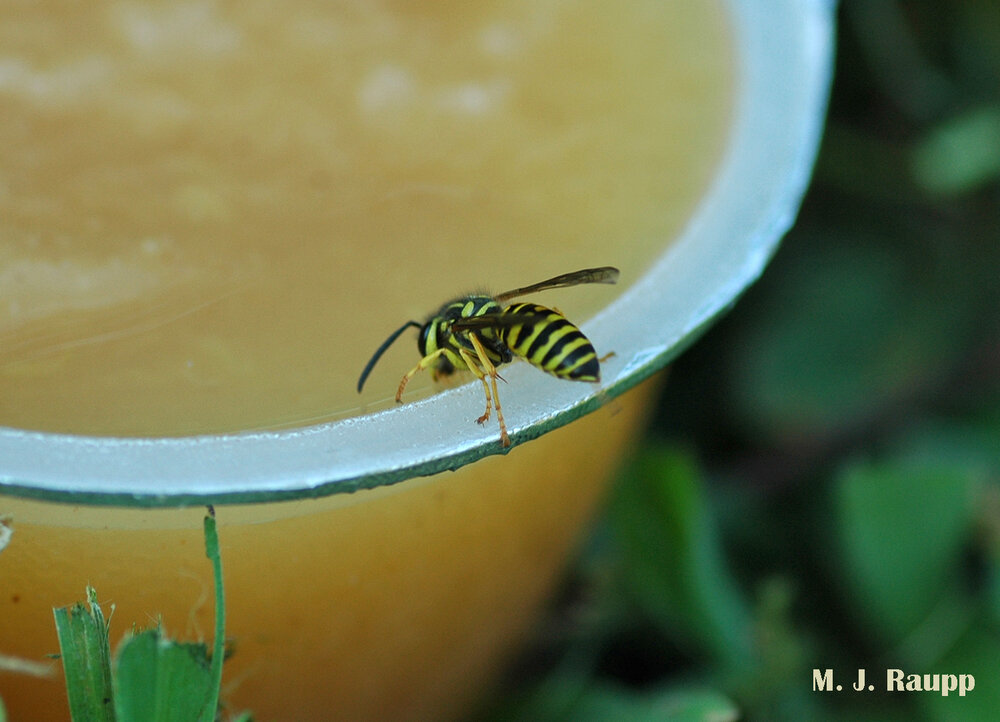Invasive Spotted Lanternfly Threatens Forests in the Northeastern United States
Learn About the Spotted Lanternfly, Its Environmental Impact & USDA Efforts to Eradicate the Pest
Residents of the Northeastern and Mid-Atlantic regions of the United States may have encountered the invasive pest known as the spotted lanternfly making a snack out of maple and black walnut trees during the 2021 spring and fall seasons, with peak activity from April to November.
Although the United States Department of Agriculture (USDA) has been trying to get rid of the pest since it arrived on U.S. soil in 2014, recent outbreaks in New York, Connecticut, and Massachusetts — among other states, has caused the organization to intensify its eradication program.
The spotted lanternfly is indigenous to China, India, and Vietnam. It’s invaded other parts of Asia, like Japan and South Korea before eventually landing in the U.S.
Because the insect lays its eggs on hard, smooth surfaces like wood, brick, and stone, the spotted lanternfly is suspected to have entered the U.S. by way of a stone shipment imported from China in 2012.
But the invasive pest went unnoticed in the U.S. until September 2014 when residents in Pennsylvania found an adult spotted lanternfly eating a tree-of-heaven plant — a favorite for the pest.
Now, the spotted lanternfly is invading parts of the east coast — and rather quickly.
Although the pest is harmless to people and animals, the spread has still raised concerns for experts as the spotted lanternflies feed on a range of fruit crops and trees.
This includes hardwood trees like birches and stone fruits such as peaches, apricots, and cherries.
The spotted lanternfly’s expansive diet of plant and tree species can lead to agricultural issues in addition to shortages in the lumber industry for the Northeast.
Should the invasive species make its way across the country, its impact on the environment and economy could be devastating.
To protect the nation’s dense forestry, local, state, and federal organizations are collaboratively redoubling their efforts to quarantine affected areas and eradicate the pest.

Potentially Damaging Effects of Spotted Lanternflies in the Northeast
While the spotted lanternfly prefers to eat and infest the tree-of-heaven, there are over 70 different types of trees and fruit-bearing plants that can sustain this foreign pest.
This includes grapevines, apple trees, peach trees, pear trees, poplars, oaks, and maples.
Both adult and baby — nymph, lanternflies feed on these plants by sucking sap from the stems, trunks, and branches.
In turn, this inhibits plants from photosynthesizing to the point of starvation and eventual death.
The pests also secrete honey dew — a sticky fluid that causes fatal mold and fungal growth on plants.
This black, sooty mold fungus kills plants and contaminates the surrounding soil.
Aside from providing nutrients, the stems, trunks, and branches of plants like apple trees offer perfect surfaces for the spotted lanternfly to lay its eggs.
Spotted lanternfly eggs are laid en masse in brown or light tan sacs. The egg sacs are often found attached to the surfaces of vegetation, like tree bark and even man-made objects such as cars.

Consequently, the spotted lanternfly’s presence in the U.S. is potentially detrimental to the country’s orchards, vineyards, lumber production, and forests.
According to New York State’s Integrated Pest Management (IPM) there are confirmed spotted lanternfly populations in the cities and counties of 11 states, namely:
- New York
- New Jersey
- Connecticut
- Massachusetts
- Pennsylvania
- Rhode Island
- Delaware
- Maryland
- Virginia
- West Virginia
- Ohio
The spotted lanternfly population in Massachusetts was discovered in a town called Fitchburg in late September 2021, standing as among the most recently found populations of the pest in the U.S. to date.
While Massachusetts has reported sightings of the pest before, the spotted lanternfly population in Fitchburg is also the first piece of evidence that the foreign pest is consistently growing within the state.
Officials from the Massachusetts Department of Agricultural Resources (MDAR) predict the state’s agricultural industry would be devasted by the population if it’s not contained and eradicated soon.
Considering these predictions, the possibility of a national spotted lanternfly infestation is cause for serious alarm.
Spotted Lanternfly Quarantining & Eradication Efforts
As the number of high-risk areas increases, local, state, and federal environmental agencies are targeting and quarantining the most affected areas.
Quarantine borders and regulations are enforced on a state-by-state basis. Delaware, Maryland, New Jersey, New York, Pennsylvania, Virginia, and West Virginia all currently contain quarantined areas.
Residents within the spotted lanternfly quarantine zones are asked to inspect outdoor items that the pest could use as a place to lay their egg sacs.
These items can include but are not limited to patio furniture, vehicles, rocks, trees, and firewood.
If spotted lanternfly egg sacs are found, residents are encouraged to report them to their state’s agricultural officials.
Residents in the New England and Northeastern areas are encouraged to utilize the following resources to report a spotted lanternfly sighting:
- Connecticut: Report sightings to the Connecticut Agricultural Experiment Station (CAES) or email the findings to [email protected].
- Massachusetts: Residents may contact the Massachusetts Department of Agricultural Resources (MDAR) to report sightings.
- Rhode Island: Sightings can be reported to the Rhode Island Department of Environmental Management (DEM).
Reporting and containing protocols are just two of the first steps initiated by the USDA in an effort to eradicate spotted lanternflies.
As part of the USDA Animal and Plant Health Inspection Service’s (APHIS) 2021 Spotted Lanternfly Control Program, experts are utilizing a variety of methods to target the insect and treat infected trees.

To protect trees that attract spotted lanternflies, volunteers and experts are applying sticky tree bands around the trunks.
Both sides of these bands feature powerful adhesives that trap spotted lanternflies. Unable to move, the invasive insects are prevented from destroying the tree or congregating to mate and reproduce.
An even more sustainable alternative to the sticky tree bands are reusable circle traps. These are reserved for tree-of-heavens — also known as Ailanthus (A.) altissima, as the plant species is referred to by experts.
The tree-of-heaven is a foreign plant species, and like the spotted lanternfly, it is also native to Asia. The plant was introduced to the U.S. in the late 1700s, but it can reproduce rather quickly and kill surrounding native plants.
The foreign deciduous tree is largely favored by the spotted lanternfly, so to contain the insect, experts are applying circle traps to the trees as a stronger capturing mechanism.
Placed inside the circle traps are vapor-releasing dichlorvos insecticide strips. Spotted lanternflies that are caught in the traps inhale the insecticide and die.
USDA experts are also focused on controlling tree-of-heaven growth within quarantined areas.
The federal organization isn’t concerned with preserving the tree-of-heaven population in the U.S. as the plant species is known for overtaking the areas it inhabits.
By doing so, the plant has the ability to destroy the native biodiversity found in the area.
In fact, since the tree-of-heaven is the preferred host of the spotted lanternfly, the federal environmentalists theorize that eliminating the plant will negatively impact the invasive insect.
But the eradication of both foreign species is a delicate operation. Oversaturating areas where trees-of-heaven grow with herbicides could also destroy the native plant life in those locations.
The USDA has dispatched APHIS employees in addition to state and local environmentalists to spray tree-of-heaven sprouts with diluted herbicide mixes of triclopyr, imazapyr, and aminopyralid.
Treating tree-of-heaven sprouts with diluted herbicides hinders the invasive plant’s growth and keeps the surrounding flora unharmed.
Infested or fully grown tree-of-heavens, however, are to receive undiluted herbicide treatments. Once doused with concentrated herbicide, the invasive plants can then be removed from the premises to protect other neighboring tree species.
The USDA eradication plan includes the process of using insecticides on the spotted lanternfly eggs, nymphs, and adults.
Research has shown that soybean oils can be used as non-toxic insecticides on spotted lanternfly egg sacs. When applied directly to the egg masses, soybean oil causes spotted lanternfly eggs to asphyxiate and die before hatching.
Insect traps have been infused with insecticides such as dinotefuran, bifenthrin, and imidacloprid to be injected into trees or sprayed in specific quantities on surfaces where spotted lanternflies tend to lay eggs or congregate.
By strategically applying these insecticides in predetermined quantities, the chemicals can eradicate spotted lanternflies, yet remain non-toxic to other insects, plants, animals, and people.
How to Identify Spotted Lanternflies
With state and federal officials requesting reports of spotted lanternfly sightings, it’s important for residents in the affected states — and surrounding areas, to know how to identify the foreign pest at each stage of its development.
While not strong flyers, grown spotted lanternflies are easily identifiable by the yellow abdomen and vibrantly colored, bespeckled wings.
The spotted lanternfly’s forewings, or top wings are light tan with black spots. Underneath lie its hindwings, which possesses a particularly noticeable patterning.
The upper half is black and white while the lower portion is a cardinal-red shade, also featuring black spots.

Freshly laid spotted lanternfly egg sacs appear as light- or brown-colored fuzzy patches. As time goes on, the fuzzy patches will begin to harden and look like caked mud. Cracks form in the patches before the eggs hatch, which typically occurs by May.
After hatching, the spotted lanternfly enters its infant or nymphal stage. In the early nymphal period, spotted lanternflies are mere ¼ of an inch in length, wingless, with black bodies and white spots.
Late-stage nymphs are ½ an inch in length. Their bodies are mostly bright red with white and black spots.

Young spotted lanternflies usually mature into full-grown adults by mid-July and mate until August.
By October, female spotted lanternflies start laying eggs sacs. A single egg sac can contain between 30 to 50 eggs. Typically, a female spotted lanternfly produces one or two egg sacs in her lifetime.
Egg laying can continue until November, but once temperatures begin to drop below 40 degrees Fahrenheit adult spotted lanternflies begin to die off.
But the egg sacs won’t hatch until the following spring.
Since spotted lanternfly eggs can overwinter, residents should be on the lookout for the insect’s egg masses.
If found, the USDA asks the location and date of the sighting be reported as soon as possible.
Residents should not, however, take it upon themselves to remove the pest. Instead, they are encouraged to seek the help of an experienced entomologist or pest professional.
This is because complete eradication of the pest involves delicate application of dangerous pesticides. Untrained individuals risk hurting themselves and others if they try to address the situation alone.
Control a Pest or Wildlife Infestation with Catseye Pest Control
Homeowners and business owners shouldn’t have to worry about a pest or nuisance wildlife invading the property.
And although Catseye Pest Control does not currently treat for the spotted lanternfly, our licensed technicians can expertly eradicate many other types of wood-destroying pests, such as carpenter ants, termites, and powderpost beetles.
Clients who choose Catseye can be assured their property is handled with precision and care. Especially as our pest control specialists can eliminate infestations using Integrated Pest Control Management (IPM) methods.
IPM places the safety of people and animals at the forefront of the pest removal program by utilizing organic, environmentally friendly methods to solve pest or wildlife infestations.
Our pest management experts can help homeowners and business owners regain control of their property and sanity. To learn more about how we can best serve you, contact us today.
This article appeared first on Catseye Pest
